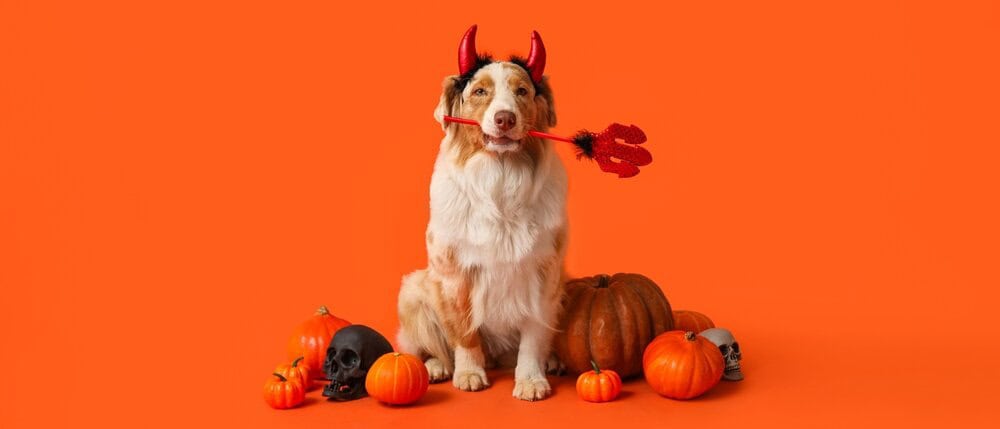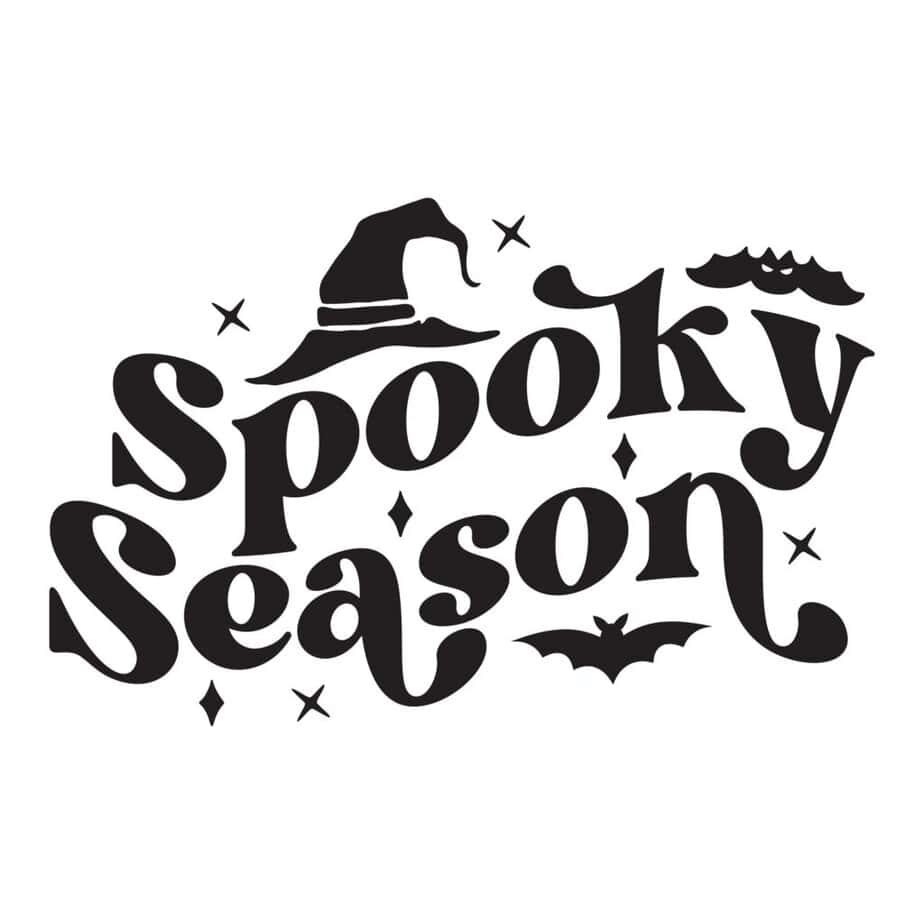Halloween 2025: Spooky Fun, Real Risks, and the Role of Insurance
Halloween remains one of the most celebrated holidays in the U.S., offering people of all ages the chance to don costumes, stockpile candy, and enjoy themed parties. But beneath the fun, Halloween also creates unique risks for homeowners, drivers, businesses, and even community organizers.
This year, the financial backdrop adds a new layer of fright. Rising inflation, shifting tariffs on imported goods, and higher candy and decoration prices are colliding with the usual holiday hazards like vandalism, fires, and auto accidents. That means this spooky season can hit your wallet harder than ever.
The good news: the right insurance protections can turn a frightening financial surprise into a manageable inconvenience.

Home Insurance
Good home insurance can cover multiple issues surrounding the Halloween holiday – and vandalism is near the top of the list.
“Vandalism is covered under a homeowner’s policy on most occasions. It is always important to keep in mind the severity of the vandalism,” says Natale Scopelliti, an insurance agent with Honig Conte Porrino Insurance Agency Inc., in New York, N.Y. “If a property is vandalized on a small scale (i.e., the damage is less than the homeowner’s policy deductible) then it may not pay to file a claim.”
It’s a good idea to reach out to your insurance broker and let them know the extent of the damage and the total cost of repair right away.
“Fortunately, most home insurance and business insurance policies include coverage for vandalism,” says Nick Schrader, an agent at Texas General Insurance. “This will pay to repair or replace the damaged property from a covered loss. However, the insured will need to pay their property deductible before coverage kicks in, which could be as low as $500 or upwards of $5,000 per claim.”
With building materials and repair services becoming more expensive due to labor shortages and tariffs, even minor vandalism or fire claims now carry bigger price tags. Homeowners should weigh carefully whether a claim makes sense under today’s higher deductibles.
Vacant Homes
Vacant homes can also be a major issue if they aren’t properly insured.
“A majority of homeowner’s policies have a vacancy clause which will eliminate glass breakage, vandalism and malicious mischief coverage if the home is vacant for 60 days or more,” Scopelliti says. “I highly recommend that a homeowner speak with their insurance agent or broker before they vacate a home for more than 60 days so they can properly protect themselves.”
Additionally, fire-related issues from a firepit, food burnt in an oven, or from faulty lights can also strike during the Halloween season.
With theft and break-ins rising in some regions, vacant property insurance has become increasingly important for seasonal or inherited homes.

Auto Insurance
Halloween often sees spikes in auto accidents. Drunk driving remains a major concern, and the costs tied to these accidents have grown steeper. Tariffs on imported car parts and supply shortages mean even a minor fender bender could lead to higher repair bills and longer wait times.
Comprehensive and collision coverage, along with uninsured motorist protection, are more critical than ever in helping drivers absorb the financial shock of post-accident repairs.
Business Insurance
Like home insurance, business insurance can protect companies from fires, vandalism, and theft around Halloween or at any time of the year.
“Business insurance like commercial property and liability policies cover Halloween vandalism. File a police report and contact the insurer to start a claim,” says John Terry, an agent at Crossroads IRA, a public insurance adjuster in Katy, Tex.
“It’s important for businesses to review their commercial property insurance policy to understand what type of coverage they have for vandalism and how they can file a claim,” says Linda Chavez, an agent at Seniors Life Insurance Finder in Los Angeles, Cal.
With inflation pushing claim costs higher and courts awarding larger settlements, many businesses are finding that traditional $1 million umbrella policies are no longer enough. Higher-limit policies in the $3–$5 million range are becoming the norm for businesses that expect heavier Halloween foot traffic.
Cemeteries and Memorial Properties
When it comes to cemeteries, damages or theft of tombstones can be a real concern surrounding Halloween.
“Cemeteries should consider having coverage for these unexpected events,” says Daniel Ray, founder at InsuranceForBurial.com. Generally, theft or damage to tombstones are covered under the cemetery’s property policy.
Restoring or replacing damaged memorials has become far more costly as material and labor expenses rise, making it crucial for cemeteries and religious organizations to have the right protection in place.
Halloween Pranks and Liability
Any individual that has a homeowner or renters’ policy may have coverage for bodily injury or property damage to others in the event of a trick or prank gone wrong through the personal liability coverage.
“The key to whether trick or a prank wrong is covered under either coverage type can come down to the intent,” Scopelliti says. “If the intention was to inflict bodily injury or property damage, then that would not be covered. However, if through the individual’s negligence bodily injury and/or property damage is inflicted then there may be coverage.”
Today’s mischief isn’t always physical. With the rise of AI-driven prank apps and deepfakes, the line between fun and fraud is blurring. Homeowners and businesses alike should consider how cyber liability policies might provide an added safeguard.
Halloween Parties and Public Attractions
Insurance coverage for Halloween parties is needed, especially for things like accidental fires, slips and falls, and drunk driving. A homeowner hosting a haunted house or a party at their home must have an in-force homeowners’ policy. An umbrella policy for additional protection is also recommended.
General liability insurance can provide coverage for any injuries that occur due to slips and falls at your Halloween party or event. Additionally, if you’re serving alcohol at your Halloween party or event, it’s important to have liquor liability insurance in place.
For larger public attractions, insurers are reviewing exclusions more closely, particularly when events use advanced animatronics, special effects, or rides. Businesses that rely on hayrides or other vehicle-based attractions should ensure their commercial auto policy extends to these seasonal risks.
If You Have a Ghost in the House
Never say never. If you are unlucky enough to live in a haunted home, you’ll no doubt be accustomed to the spooky occurrences that come hand-in-hand with a paranormal lodger.
“Homeowners with a ghost as a guest should make sure they have accidental damage insurance in place,” says Stuart Bensusan, a business development director at Surewise.
And with repair and replacement costs running higher today, even supernatural shenanigans can be more expensive to address without proper coverage.
Final Word
Between inflation, tariffs, higher deductibles, and old-fashioned Halloween mischief, the 2025 spooky season carries real financial risks. But with smart planning and updated coverage, you can focus on fun—not fear.
This year, it’s not just goblins and ghouls that can spook your wallet—rising prices and bigger claim costs add a new layer of fright. Reviewing your coverage now can help you enjoy Halloween without unexpected financial scares.
Yes, most homeowners insurance policies cover vandalism, but you’ll still need to meet your deductible. Document the damage, file a police report, and contact your insurer right away.
Homeowners policies usually provide liability coverage if a guest is injured. For extra protection, an umbrella policy is recommended. If alcohol is served, liquor liability coverage may also be necessary.
Absolutely. General liability insurance is a must, and commercial auto coverage applies if vehicles are involved. Many businesses also add a higher-limit umbrella policy because claim costs have risen.
Rising material and labor costs mean even small damages are more expensive to repair. Tariffs on imported goods add to the cost, making adequate coverage limits more important than ever.
Intentional acts are generally excluded. However, if harm happens through negligence, personal or business liability coverage may apply. Cyber liability insurance can help with digital fraud or impersonation risks.
